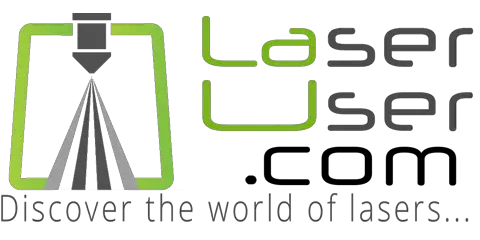Yes all of that is correct. My only concern with changing the part is that I don't really know much (if anything) about wiring and since the wires run through the body of the laser I can't see where it's connected to the power supply/ laser and I can't seem to find a connection schematic to make sure I'm unplugging/plugging the correct wires. I'll see if I can move the sensor vertically, but the mounts as far as I am seeing are only allowing for horizontal adjustment. Because 2 and 3 are both true, and because of my limited knowledge about the mechanics and workings of the laser (My previous knowledge before this week was essentially : electricity = laser= pew pew pew haha), I'm having a really hard time finding a solution to this. Also logically since everything is working when the laser is not homed, but when I test them separately, it's very strange to me.Jeffrey Aley wrote: Thu Jul 22, 2021Hmm. Let me see if I understand what you wrote:Trevor Martin wrote: Thu Jul 22, 2021 Update: I tested the switches at startup and when I place the metal key over the Y axis switch the gantry stops moving. Same with the X axis, I connect metal and it stops moving which tells me that the switches are working. IHowever when the metal plate from the laser head goes over the x axis switch it does not stop, same with the y axis. I guess I can keep adjusting their positioning, but I'm not sure if that's the best solution and I don't want to make the issue worse...
1. This machine has always had this problem (to the best of your knowledge).
2. When the laser head gets near the limit switch, the switch lights up, but the laser head doesn't stop.
3. When you put a piece of ferrous metal (a key) near the limit switch, the switch lights up and the head stops.
Is that correct? The combination of #2 and #3 is really interesting. The fact that the switch lights up tells me that it detects the proximity of the laser head (or any other piece of metal. The light also tells me that the wiring to the switch is good enough to supply voltage to the switch (i.e. it's probably not bad wiring that is causing the problem). If only #2 were true, then I'd suspect a software setting. But the software setting must be correct due to the behavior of #3. If only #3 were true (and the laser head did NOT light up the switch), then I'd think the switch is not mechanically close enough the metal of the laser head.
So the combination of the two is very interesting; please double-confirm that both are true (or please correct me if I've misunderstood).
You keep asking about how to replace the switch. It's pretty simple. Buy a new one that has the same part # as the old one. Remove the old one and put in the new one. Make sure you have a good connection to the controller (see the controller schematic for your controller). Is there a specific problem or concern you have with replacing it? Do try to make sure the wires are not run anywhere near the High Voltage wire for the tube.
Regards,
-Jeff
I'll try to adjust the vertical placement of the switch and then report back.
